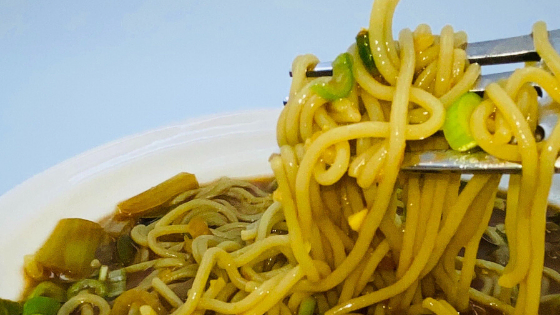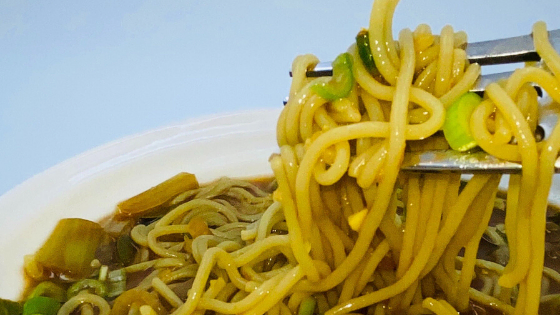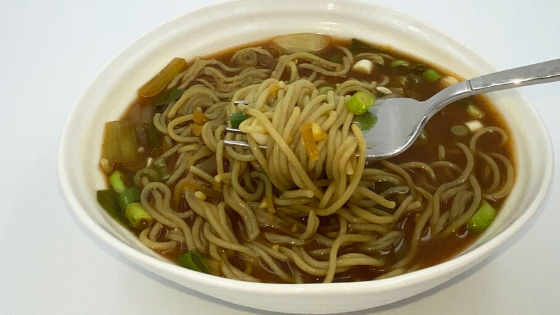People all over the world LOVE ramen noodles. But the truth is, those cheap and easy-to-make products aren’t good for you at all.
So why not try a healthier and tastier alternative? Our soothing Organic Miso Ramen Soup recipe minced with fresh cloves of garlic and raw organic ginger is a must have for all ramen noodle lovers who are looking to try something deliciously nutritious!
We put a lot of thought into the ingredients listed in our Organic Miso Ramen Soup recipe. Not only are they healthy, but they are sure to deliver an authentic spectrum of color and vibrancy to your palette in every slurp.
What does Miso Soup taste like?
Miso is a traditional Japanese seasoning packed with nutrients and loads of savory flavor. The most basic brands of Miso are made by fermenting soybeans. This time around, we’ll be working with a unique form of Miso that contains soybeans mixed with barley. This is called Mugi Miso.

Mugi Miso has a strong barley aroma, but it has a sweet taste and is actually quite mild. It provides that extra flare and is an important addition to this recipe because of a little known secret among veteran ramen lovers; the Japanese art of Umami!
What exactly is Umami?
Flavor, flavor, flavor! You see, the four basic flavors are sweet, salty, bitter and sour. But Umami, better known as the fifth flavor, is characterized by its savory taste due to fermentation. That’s right; fermentation. It’s what gives the Mugi Miso in this recipe such a soothing deliciousness to it!
Since ramen typically relies upon meat to give it that savory taste, the Umami blend in our vegan ramen noodle recipe was carefully concocted. We highly recommend that you carry out the directions in the exact order as they are written.
Otherwise, our delicious organic ginger root, baby bok choy and garlic cloves will drown in sorrow. And you don’t want your food to drown in sorrow!
What is bok choy, you ask?
Also known as Chinese cabbage, it’s a cruciferous vegetable. This means that it’s in the same ballpark as kale or cauliflower. It has a mild grassy flavor to it and can taste quite peppery depending on where you get it from.
We would suggest:
- Get baby bok choy: The two different types exist for a reason. Normal bok choy is huge and would be a pain to cut. The smaller version can be cut in half and then sliced into smaller pieces.
- It can be a pain to eat: The white end can be a bit of a challenge to chew off. If push comes to shove, get spinach instead.
Pro Tips To Make Organic Miso Soup
Make sure to keep the ramen noodles and the broth separate when:
- Serving: when the noodles sit in the broth for too long, they absorb it and they lose their texture.
- Storing: similarly to serving, if leftover noodles are stored with the broth, they soak up all of the juice and the Umami is lost!
Want more amazing plant-based soup recipes?
-
Simple Instant Pot Vegan Miso Soup
-
One-Pot Plant-Based Mexican Soup Recipe
-
Vietnamese LemonGrass Pho Noodle Recipe
-
Roasted Onion Eucalyptus Vegan Soup
-
Anaheim Potato and Asparagus Wild Rice Quinoa Stew
Help support Assuaged and SAVE on great vegan organic products and more at Thrive! 🌱
Please feel free to share with us your ideas on how to make this organic ramen Miso soup recipe even better than it already is. We’d love to hear from you! You can also share your own recipes with us on our ➡️Share Your Recipe⬅️ page.





















